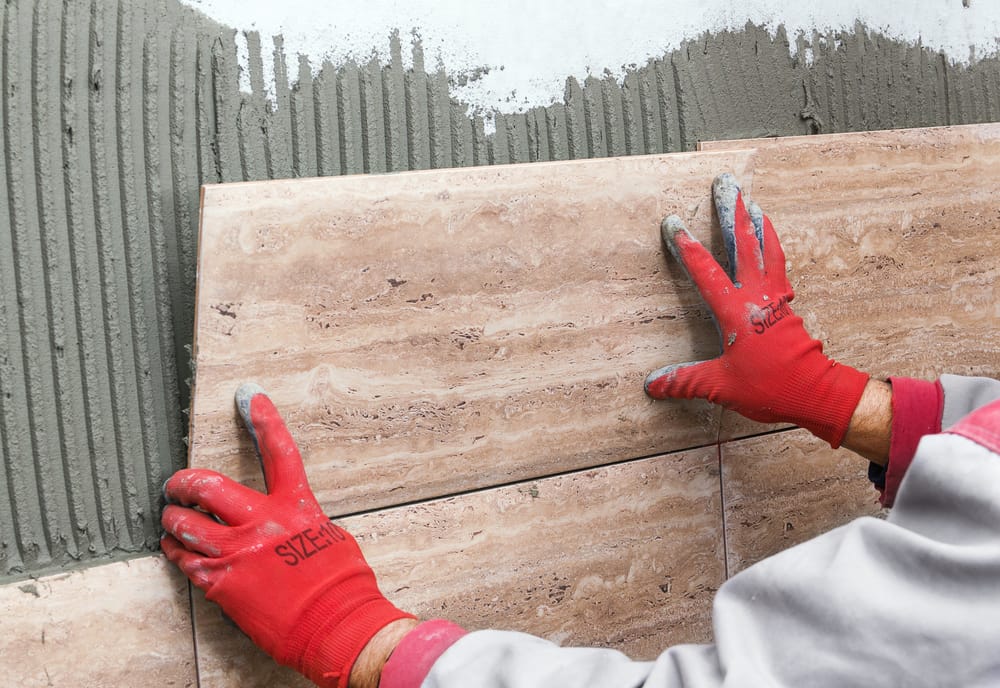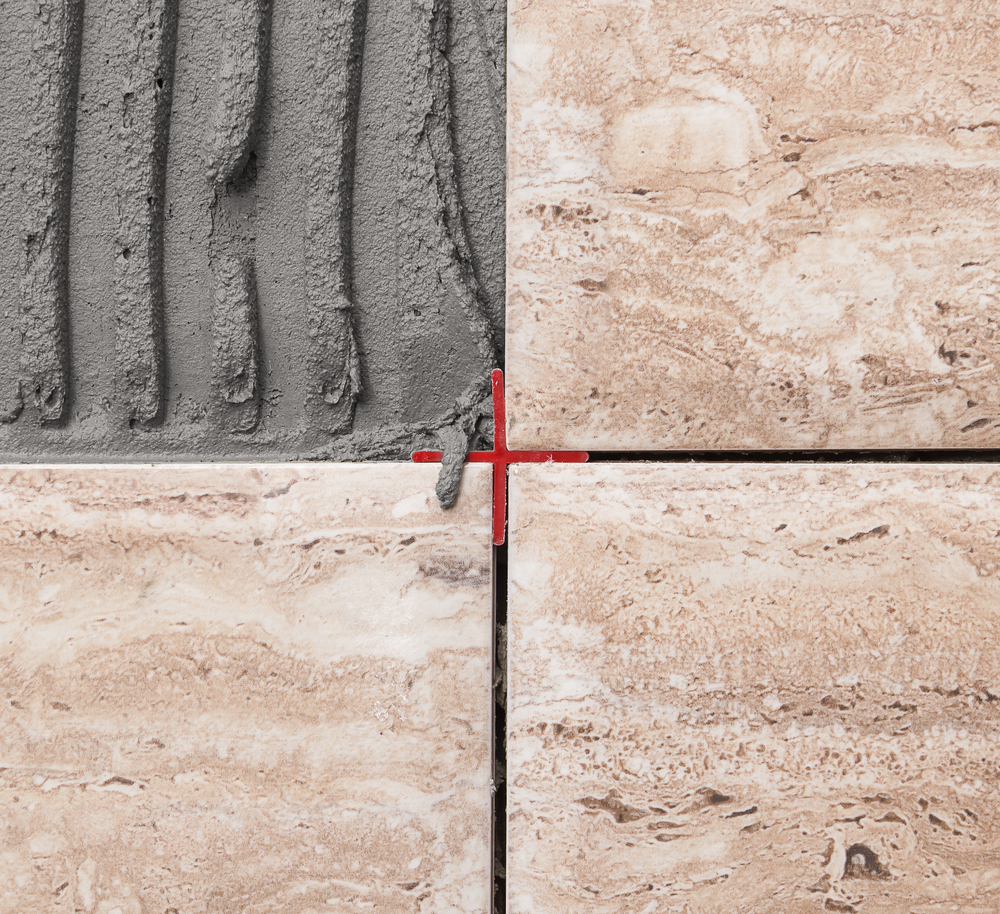
What is the difference between wall and floor tiles?
Published on August 6, 2015
Posted in Inspiration
by
3 min read
Why do we differentiate between floor and wall tiles? Surely a tile is a tile?
Well, it sort of is – tiles aren't really manufactured specifically as floor or wall tiles, but instead are made and classified according to their durability and strength. It is this classification that determines where they can be used. Why is it done this way? Well, tiles may all seem similarly sturdy when you stand on them, but different tiles are suited to different levels of foot traffic. Some can handle heavy footfall – think of how many people must walk over floor tiles in a shopping centre every day – and some can't really handle any, which is why they can only be fitted on a wall. So, in effect, every floor tile can also be used as a wall tile – it's just that the opposite isn't true. If you're just tiling your walls, you can essentially choose what you like, but when you're doing the floor you need to be a bit more careful with your choices.
There are a few different scales and classifications of tile strength, but the Porcelain Enamel Institute (PEI) rating is probably the most commonly used. It rates tiles on a scale from zero to five, and each rating has criteria for their suggested use based on the wear and tear they can handle. Let's take a look at it in a bit more detail:
• PEI 0: Unsuitable for floors, and should only really be used as a wall tile.
• PEI 1: Only for use on the floors of rooms where there won't be much foot traffic at all, and generally without shoes. Probably not suitable for a bathroom if it's the only one in the house and is used by everyone, but will be fine in ensuite bathrooms that see a bit less use.
• PEI 2: Tiles suited for your everyday residential traffic – fine for your typical bathroom and most normal footwear, but you may want to instigate a rule for no heavy shoes or boots to keep them in top condition. Not ideal for a kitchen or hallway.
• PEI 3: These will suit any room in the house, including all bathrooms and kitchens, and most hallways. They'll stand up to any reasonable traffic in any kind of footwear, but if you regularly have a lot of people in and out of the house, you could need a higher rating.
• PEI 4: These stand up to heavy foot traffic and will certainly cope with any residential hallway, although you'll probably be a bit more limited on styles.
• PEI 5: You won't need to go this high in the home – they're usually saved for shopping centres, hospitals and the like, and they'll withstand just about anything.
Some types of tiles have other ratings, though they're usually a bit simpler to get on board with. Ceramic tiles in particular will usually have a grade from one to three – grade one is the best and will be ideal for a floor, grade two is best saved for a floor with less traffic, and grade three should only be used on walls.
There are also various ratings for water absorption:
• Impervious tiles absorb less than 0.5% of the water they come in to contact with, and can be used anywhere.
• Vitreous tiles absorb less than 3%, and are fine for bathrooms.
• Semivitreous and nonvitreous tiles absorb more than 3%, and aren't suitable for bathrooms. So when it comes to tiles, there's a bit more to think about than you might expect. If you need any assistance picking the right tiles, then get in touch with the experts here at MKM – or drop in to one of our branches – and we'll be happy to point you in the right direction.